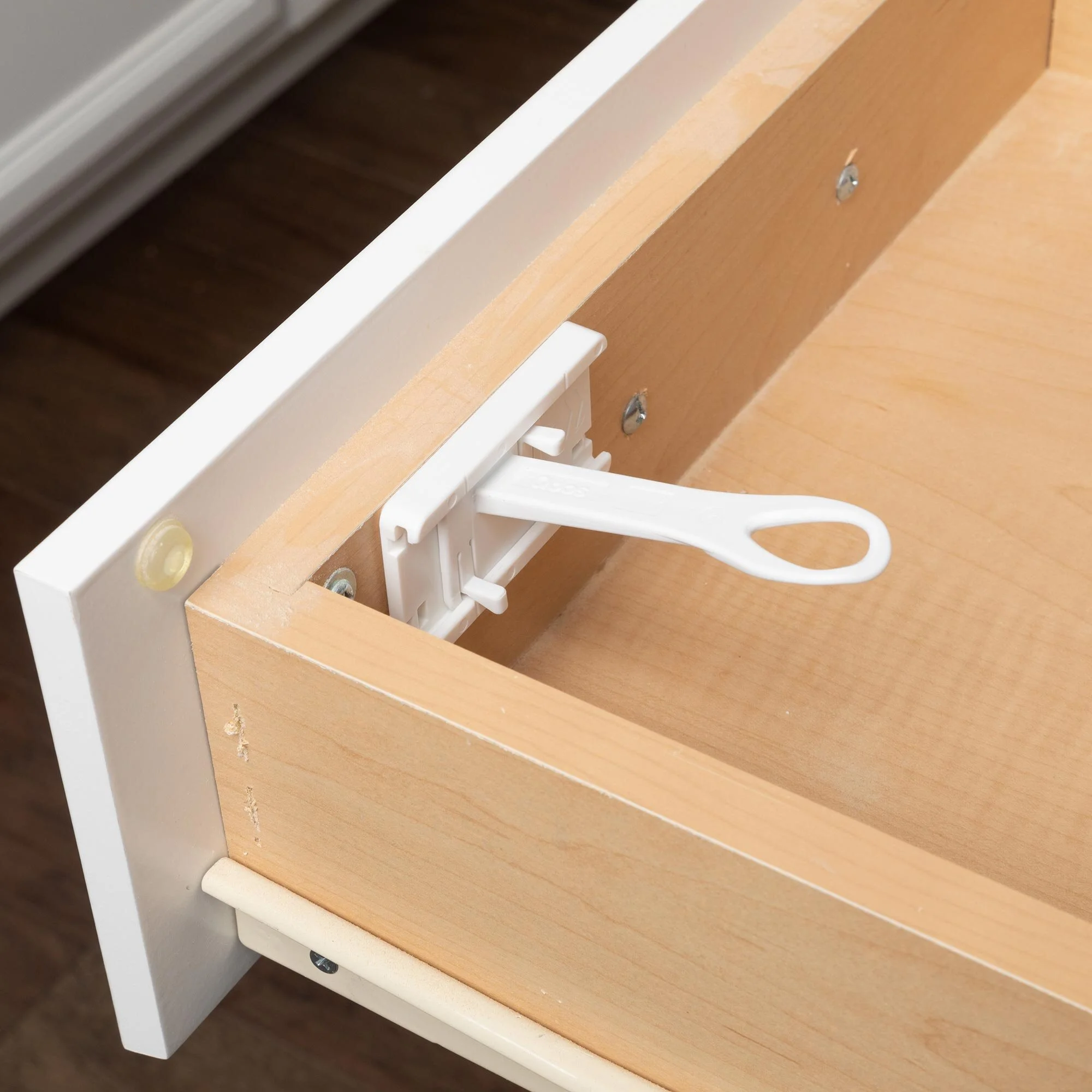Factors to Consider When Choosing Cabinet Latches: Best Cabinet Latches Baby Proof
.jpg)
Choosing the right cabinet latches for babyproofing is crucial for ensuring the safety of your little ones while also maintaining convenience for yourself. With a plethora of options available, understanding the key factors to consider can help you make an informed decision.
Latch Strength and Durability
The strength and durability of a latch are paramount when it comes to babyproofing. Toddlers are notorious for their boundless energy and curiosity, often pulling, pushing, and twisting anything within reach. A robust latch that can withstand such vigorous attempts is essential to prevent accidental injuries or access to potentially dangerous items. Look for latches made from high-quality materials like metal or sturdy plastic, and ensure they have a secure locking mechanism that resists prying or tampering.
Installation and Usage Tips for Cabinet Latches

Installing and using cabinet latches effectively ensures the safety of your little ones and the functionality of your cabinets. Whether you are a DIY enthusiast or seeking professional help, understanding the installation process and latch operation is crucial.
Installing Different Types of Cabinet Latches
The installation process varies depending on the type of cabinet latch you choose. Here’s a breakdown of installation steps for common types:
- Magnetic Latches: These latches are typically simple to install. They usually involve attaching a magnetic plate to the inside of the cabinet door and a corresponding magnet to the cabinet frame.
- Push-Button Latches: These latches require drilling holes for the latch mechanism and the button. The button is typically mounted on the outside of the cabinet door, while the latch mechanism is attached to the cabinet frame.
- Slide-Lock Latches: These latches involve attaching a sliding lock mechanism to the inside of the cabinet door and a corresponding strike plate to the cabinet frame. The lock slides into the strike plate to secure the door.
- Hook and Eye Latches: These latches require attaching a hook to the inside of the cabinet door and a corresponding eye to the cabinet frame. The hook secures into the eye to keep the door closed.
Adjusting Latch Tension and Ensuring Proper Functionality
Once installed, it’s essential to adjust the latch tension to ensure a secure and reliable closure.
- Magnetic Latches: The strength of the magnet can be adjusted by moving the magnetic plate closer or farther away from the magnet.
- Push-Button Latches: These latches often have a tension adjustment screw. Turning the screw clockwise increases tension, while turning it counterclockwise decreases tension.
- Slide-Lock Latches: The tension can be adjusted by tightening or loosening the screws that hold the sliding lock mechanism to the cabinet door.
- Hook and Eye Latches: The tension can be adjusted by bending the hook slightly to make it more or less secure.
Using Cabinet Latches Effectively, Best cabinet latches baby proof
Using cabinet latches effectively involves understanding the proper techniques for opening and closing cabinets.
- Magnetic Latches: These latches are typically opened by simply pulling the door open. The magnet releases its hold, allowing the door to swing open.
- Push-Button Latches: These latches are opened by pressing the button, which releases the latch mechanism and allows the door to swing open.
- Slide-Lock Latches: These latches are opened by sliding the lock mechanism to the unlocked position, which releases the strike plate and allows the door to swing open.
- Hook and Eye Latches: These latches are opened by lifting the hook out of the eye, which releases the door and allows it to swing open.
Common Problems Encountered with Cabinet Latches and their Solutions
While cabinet latches are designed to be durable and reliable, they can sometimes encounter issues. Here are some common problems and their solutions:
- Latch not engaging: This could be due to misalignment or a weak spring. Check for misalignment and tighten the screws if necessary. If the spring is weak, consider replacing the latch.
- Latch sticking: This could be caused by dirt or debris in the latch mechanism. Clean the latch with a soft brush or a damp cloth.
- Latch not releasing: This could be due to a faulty button or a worn-out spring. Check the button for proper functionality and replace the spring if necessary.
- Latch breaking: This could be due to excessive force or a faulty latch. Replace the broken latch with a new one.
Best cabinet latches baby proof – When considering the safety of your home for a curious toddler, best cabinet latches for baby-proofing are essential. These latches prevent access to potentially dangerous items, just as ensuring proper window treatments is crucial. For instance, understanding how long bedroom window curtains should be can prevent accidental strangulation.
Returning to cabinet latches, it’s important to select robust options that are easy for adults to use but difficult for little ones to manipulate.
When selecting the best cabinet latches for babyproofing, it’s crucial to consider the specific needs of your home. For example, a teenage horse themed bedroom, such as the one featured in this inspiring design , might require latches that are both secure and aesthetically pleasing, complementing the overall equestrian theme.